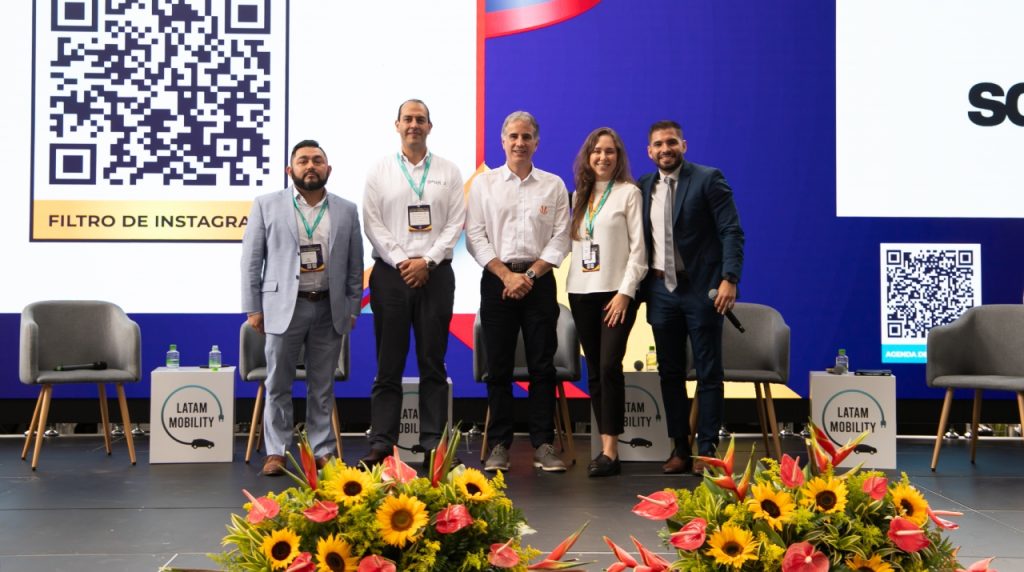In the context of the energy transition and sustainability, infrastructure is important for the development of electric mobility in Colombia. Accordingly, at the Latam Mobility Colombia 2024, an enriching discussion took place on the “Current and Future Development of Charging Infrastructure in the Country.”
Experts in the sector shared their knowledge and experiences on recent advances and future prospects in this field. Ana Luiza Berti, Head Commercial Brazil and LATAM of Voltbras; Jary Guerra, Director of Sales Latin America NA of Autel; Luis Felipe Vélez, Commercial Leader of Celsia; and Diego Valderrama, Head of B2G of Enel X, participated in the conversation, moderated by Andrés García Giraldo, Director of Mobility of Latam Mobility.
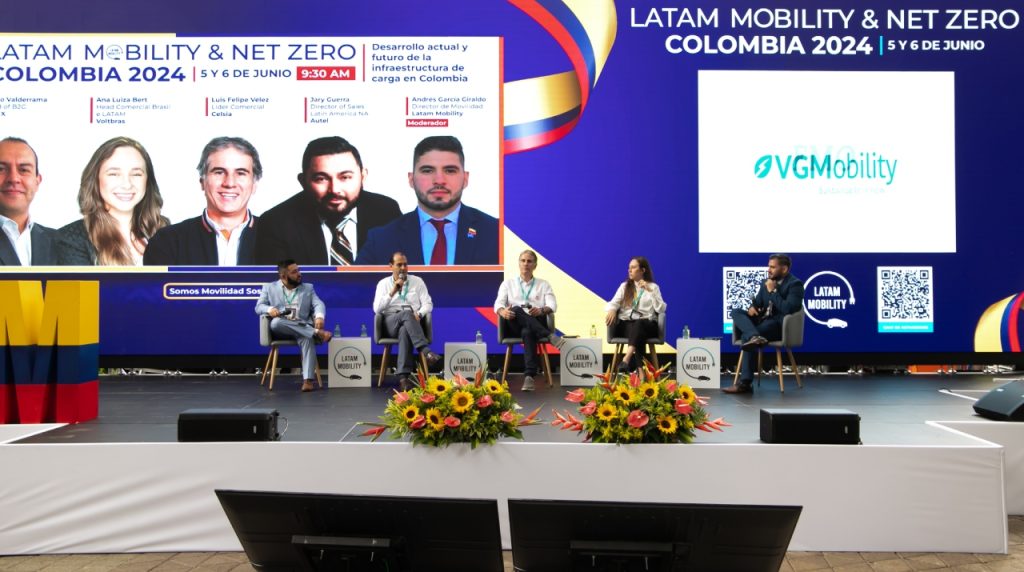
Experience for a Better Future
Jary Guerra, representing Autel, presented the evolution and future of electric vehicle chargers in the region, highlighting that the company specializes in producing alternating current (AC) and direct current (DC) chargers, with strategic offices in Brazil and Mexico.
Originally dedicated to vehicle diagnostic systems, the company has accumulated vast experience in collaboration with global automotive manufacturers. In this context, Guerra discussed the energy grid’s capacity to supply the necessary amount of power, particularly for DC chargers.
These chargers, which initially offered 50 kW, have now evolved to provide up to 640 kW, and the company is preparing to launch a new product requiring even more energy.
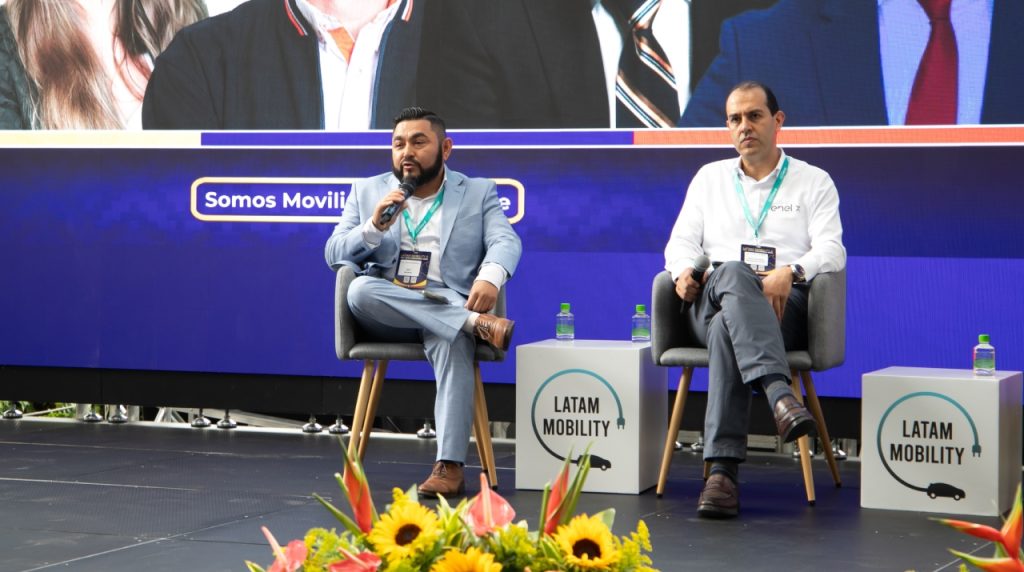
“It is important to modernize and expand the energy capacity to support these technological advances. Planning and forecasting energy infrastructure are essential to avoid situations where fast chargers cannot operate due to grid insufficiency,” said Guerra.
He also mentioned the importance of partnerships between companies, even among competitors, for the general benefit of the industry and the sector. Collaboration is vital to develop business models that ensure monetary investment and the necessary return on investment for investors to continue supporting charging infrastructure.
Thus, Autel has observed a positive outlook in the region, with a clear path towards development and overcoming challenges, highlighting that the experience accumulated and strategies adopted by the company in other regions will serve as a model in Latin America.
Efforts and Advances by Enel X
Diego Valderrama, an executive at Enel X, focused on the company’s efforts and advances in energy transition, decarbonization, and digitalization, with a special emphasis on electric mobility.
Enel X, present in several Latin American countries (Brazil, Argentina, Chile, Peru, and Colombia), has been actively working to integrate into the electric mobility ecosystem, developing platforms and technologies that facilitate the adoption of electric solutions, collaborating with strategic partners, and adapting to the specific needs of each city and segment.
In this sense, Enel X has been a key player in creating charging infrastructure. In Colombia, for instance, it has established 19 electric bus terminals, six of which are in Bogotá. They have worked together with TransMilenio to build the first electric terminals and transform the city’s electric fleet.
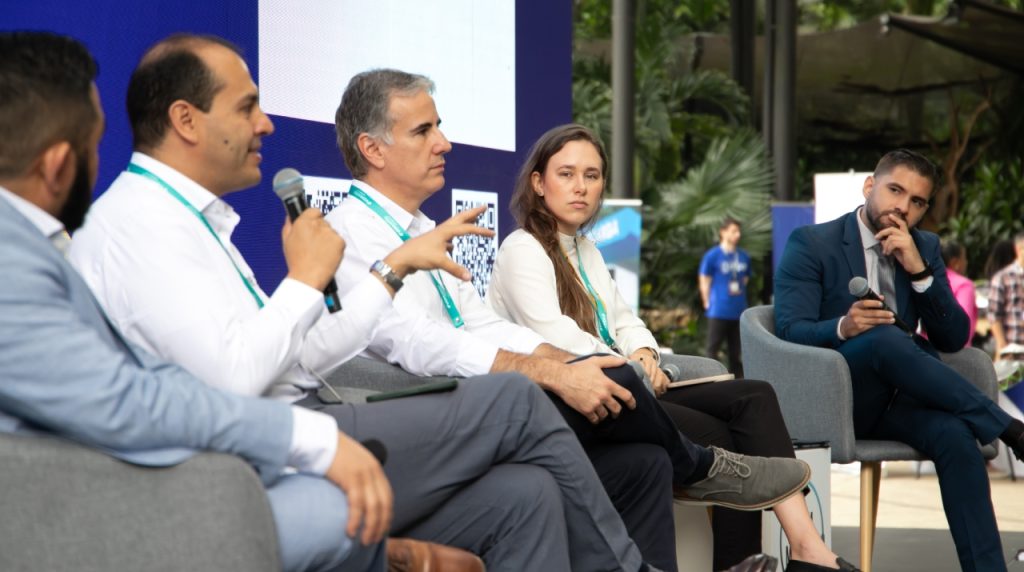
Moreover, Enel X is not limited to the public sector, as it has explored other business models to expand charging infrastructure, successfully installing more than 50 fast chargers in various areas of Bogotá, complying with Law 1964.
Another challenge identified by Valderrama was the continuous development of charging infrastructure at urban and inter-municipal levels, where territorial planning is important to enable spaces and public charging points.
“Coordination with grid operators and the facilitation of electrical connections are essential for the economic and functional viability of these charging points. The infrastructure must be robust and well-distributed to meet the growing demand for electric vehicles,” he affirmed.
The need for collaboration among the various actors in the electric mobility ecosystem is also important, as is financing, since a combination of public and private policies is required to stimulate demand and promote investments in infrastructure.
Massification as a Concept
Luis Felipe Vélez, representative of Celsia, began by redefining the concept of “massification.” Seven years ago, this term was associated with the massive deployment of charging units, driven by fierce competition among companies seeking to install as many chargers as possible.
At that time, electromobility was in its early stages, with expectations of global transformation, but with many unknowns and technological and commercial challenges. The strategy then focused on quantity, with the hope of future profitability, as demonstrated by some European startups that no longer exist today due to their purely quantitative approach.

Currently, the landscape has changed significantly. Seven years ago, electric vehicles had a limited range of 120 to 160 km, and their high cost restricted their adoption to a niche of pioneering consumers. Today, technology has advanced considerably, allowing more affordable vehicles to offer ranges of up to 360 km, eliminating the anxiety over frequent charging.
“This has reduced the need for such a dense charging infrastructure as initially thought. Additionally, the accumulated knowledge about the habits and preferences of electric vehicle users has allowed the development of more efficient and strategically located charging ecosystems,” said Vélez.
Furthermore, as the electromobility market grows, private financing has gained relevance, reducing reliance on government subsidies and aid. Companies now focus their efforts on offering charging solutions that adapt to the specific needs of their customers, optimizing the location and availability of chargers.
However, Vélez points out that regulatory gaps still slow down the deployment of this infrastructure, especially in areas where grid operators do not coincide with charging companies, creating bureaucratic procedures that need to be simplified.
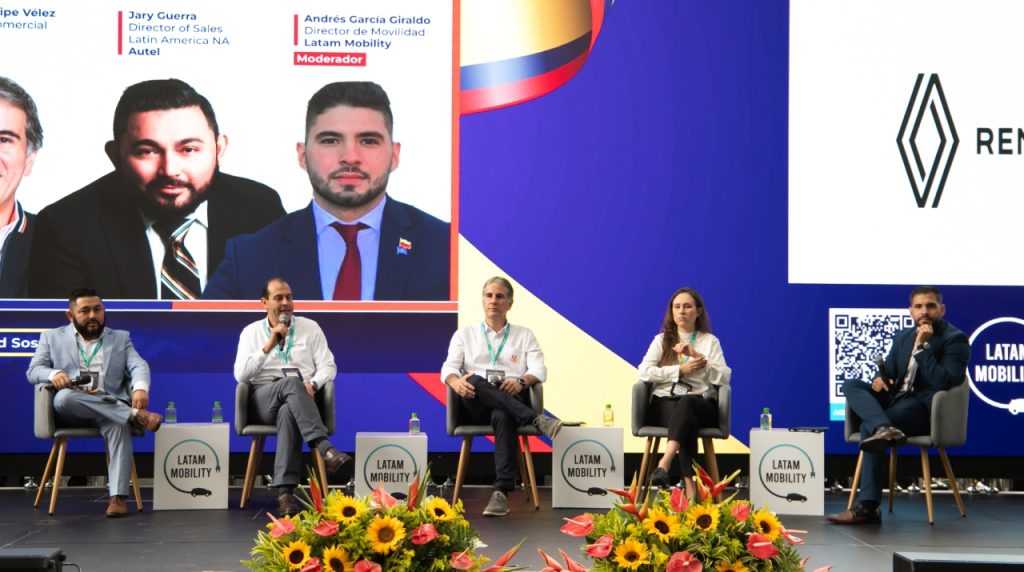
The regulation in Colombia, although not an insurmountable obstacle, requires adjustments to better align with the emerging needs of electric charging infrastructure. “It is necessary to consider regulations that facilitate the expansion of power and connection to electrical grids, thus speeding up charging projects,” he noted.
More Cars or Chargers?
Ana Luiza Berti, executive of Voltbras, highlighted the advances and challenges in electric charger infrastructure in Latin America, explaining that the company, specializing in technology and charger management software, offers White Label solutions in applications and platforms.
She used the “chicken and egg” dilemma in electric mobility to express her point: should there be more electric cars first or more chargers? According to Berti, experience in various countries shows that robust charging infrastructure is vital for consumers to feel comfortable buying electric vehicles.
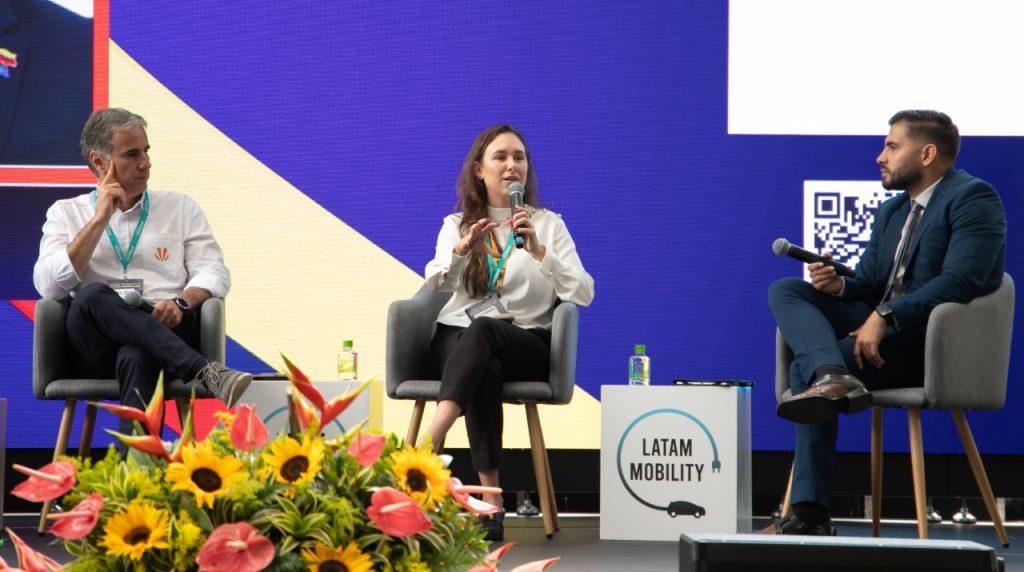
Therefore, Voltbras focuses on encouraging the development of this infrastructure, always within a sustainable business model that considers the growth of the electric vehicle fleet. Thus, the massification of charging infrastructure is important, and once a certain level of deployment is achieved, the next challenge is roaming and interoperability between different charging systems.
“The profitability of business models in electric mobility is relevant. Finding a profitable business model in this sector is not evident, especially in Latin America, where regulation can be ambiguous and vary significantly between countries,” she commented.
Furthermore, regulatory diversity in Latin America presents an additional challenge, as in some countries, it is not allowed to charge directly for energy, only for charging time, complicating the creation of a profitable business model.
“Despite these difficulties, it is essential to learn from the experiences of other countries and adapt to the different stages of development of each market. This adaptability and mutual learning are valued by Voltbras to advance in the region,” she concluded.




